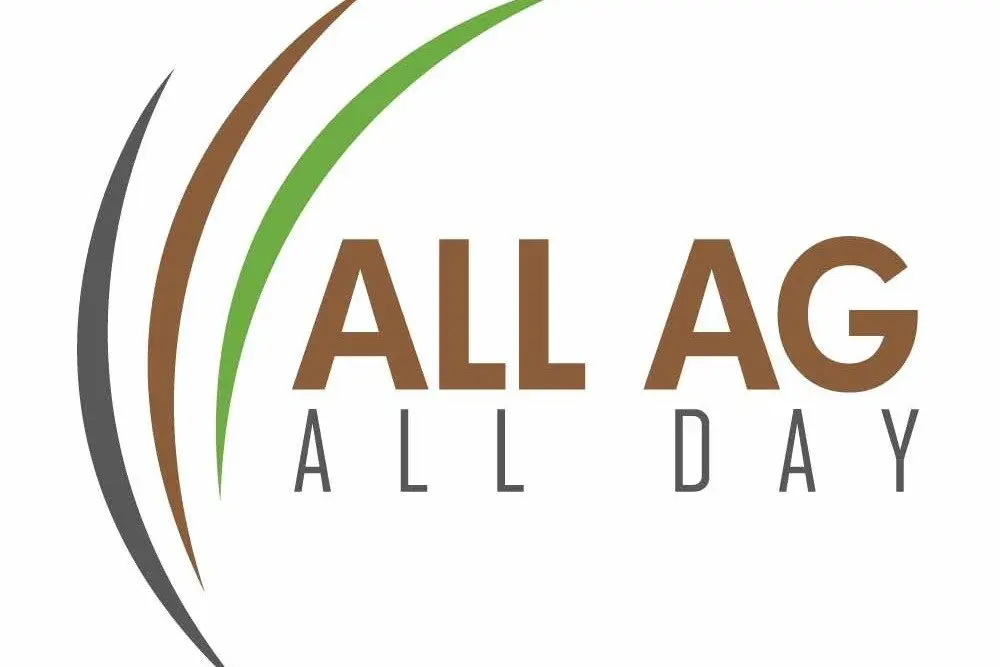
All Ag, All Day is the nation's only full-time farm radio station with studios in Floydada and Nashville, TN (www.AllAgNews.com)
New U.S.–Japan Trade Deal Expands Agricultural Market Access
WASHINGTON, DC – A new trade agreement between the United States and Japan, signed September 4, opens significant opportunities for American agriculture while reshaping tariff rules between the two nations. The deal requires Japan to expand U.S. rice imports by 75% under its Minimum Access scheme and commit to annual purchases of U.S. corn, soybeans, fertilizer, and bioethanol, including fuel for sustainable aviation. Altogether, Japan will add $8 billion a year in U.S. agricultural purchases.
For farmers and ranchers, the commitments mark one of the most significant agricultural gains in years. Corn and soybean growers could see steadier export demand, cattle producers stand to benefit from increased feed grain sales, and rice farmers will gain expanded guaranteed access to Japan’s highly protected market. Japan also pledged to buy U.S.-produced commercial aircraft and defense equipment, but the agricultural provisions are expected to deliver some of the most immediate benefits to rural America.
Farm-Level Takeaway: The agreement offers stronger export demand for U.S. grains, rice, and biofuels, potentially supporting farmgate prices. However, farmers should watch how quickly Japan implements its commitments and whether other trade partners adjust in response.
**********
Tight Beef Supplies Drive Unusual Post-Summer Price Surge
LUBBOCK, TX – Beef prices are breaking from seasonal patterns this fall as tighter supplies drive wholesale values higher. According to Dr. David Anderson, Texas A&M AgriLife Extension livestock marketing economist, beef production has declined by more than 10 percent in recent weeks compared to last year, altering normal price behavior.
Typically, beef cut values ease after summer grilling demand fades. This year, reduced slaughter has lifted prices instead. Ribeyes surged to $14.72 per pound—over $3 higher than just weeks ago—while tenderloins jumped from $15 to $18.65 per pound. Chucks also gained, climbing to $6.50 per pound. The only exception has been strip loins, which declined slightly in line with seasonal trends. Ground beef prices continue to firm as cull cow numbers tighten.
Pork supplies are also lagging, keeping prices stronger across ribs, bellies, and hams, though loins and butts have softened.
Farm-Level Takeaway: Beef producers may benefit from stronger wholesale cutout values heading into fall, a reversal from the normal seasonal decline, as tighter cattle supplies support higher prices.
**********
Soil Conservation Practices Help Farmers Cut Rising Costs
NASHVILLE, TN – With input costs continuing to rise, more farmers are turning to soil conservation practices as a way to lower expenses while improving long-term productivity. According to a new Ag America Lending report, conserving, repairing, and rebuilding soil health not only preserves topsoil but also provides measurable cost savings over time.
More than half of U.S. farms now use minimal or no-till practices, making reduced tillage the most common conservation method. Farmers who adopt conservation systems report longer soil lifespans, reduced erosion, and lower fertilizer and equipment costs. Illinois farmer David Isermann noted that reduced till and cover crop use saved his operation fuel, time, and input costs, while also protecting soil quality.
Soil testing is another low-cost, widely available tool—often $7 to $10 per sample, and sometimes free through state programs—that helps farmers tailor nutrient applications. Combined with precision agriculture technology, farmers can apply fertilizer more efficiently, reducing unnecessary inputs while minimizing runoff. Cover crops and crop diversification also play an increasing role, with more than 70% of surveyed farmers reporting higher soil health and yields after planting cover crops.
Policy is beginning to shift in support of these efforts. The Make America Healthy Again (MAHA) initiative connects soil conservation to broader food and public health goals. Lawmakers emphasize voluntary adoption, incentives, and flexibility, rather than mandates, as they encourage more farms to prioritize soil health.
Farm-Level Takeaway: By adopting practices such as soil testing, reduced tillage, and cover crops, farmers can lower input costs, extend soil productivity, and build resilience against both market and environmental risks.
**********
Researchers Test Supplement To Improve Cattle Breeding Efficiency
NASHVILLE, TN – The Foundation for Food & Agriculture Research (FFAR) and the University of Tennessee Institute of Agriculture (UTIA) are funding a new study aimed at improving cattle reproduction. Through a $705,871 Seeding Solutions grant, researchers are exploring whether the supplement myoinositol can enhance egg quality and boost the success of in vitro embryo production (IVP).
IVP is a process in which eggs from cows with desirable genetics are fertilized in a lab and transferred to surrogate cows. While it allows producers to breed cattle selectively, success rates remain low: only 20–40% of eggs develop into viable embryos, and just half of those result in pregnancy. The UTIA-led project will test whether adding myoinositol to lab procedures, or feeding it to donor cows directly, improves fertilization and embryo development.
The research builds on an industry already using advanced breeding tools. According to the American Embryo Transfer Association, over 1.5 million embryos were transferred worldwide in 2023, with the U.S. among the leading adopters. Artificial insemination is even more widespread, used in more than 70% of U.S. dairy herds and increasingly in beef herds. Improving IVP success rates could lower costs, expand access to genetic improvements, and help ranchers scale up their selective breeding efforts.
Dr. Sarah Moorey, associate professor of animal science at UTIA, said the research could improve breeding efficiency, animal welfare, and farm profitability. Cattle production remains the top agricultural sector in the United States, accounting for 22% of the $515 billion in farm cash receipts in 2024. Improving reproductive technologies could help ranchers meet demand for high-quality beef while reducing production costs.
Farm-Level Takeaway: If successful, this research could raise the efficiency of embryo transfer programs, allowing ranchers to more reliably multiply cattle with desirable genetics, reduce reproductive risks, and strengthen long-term herd productivity.



